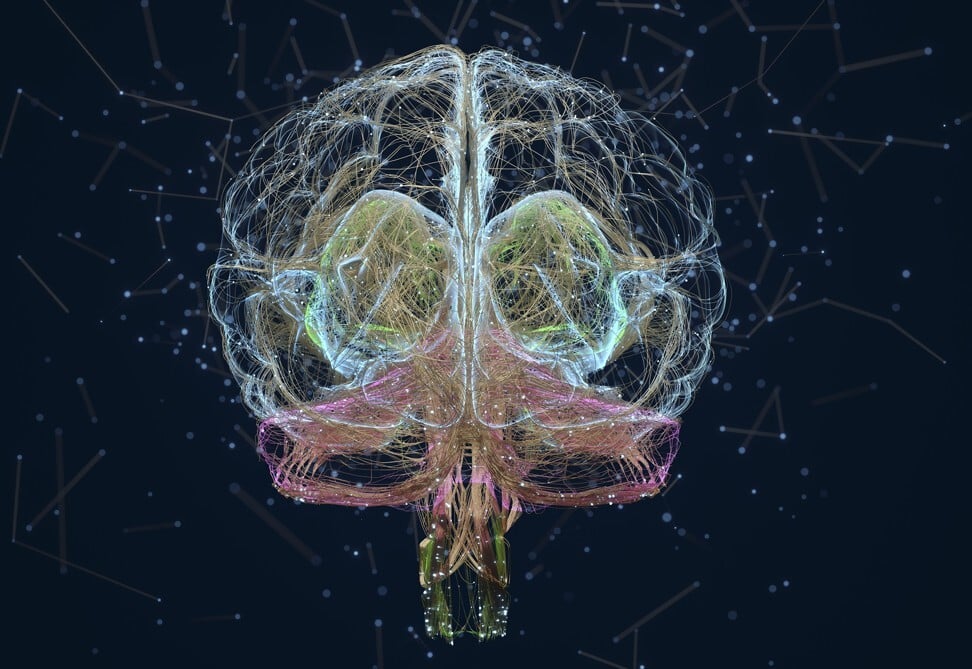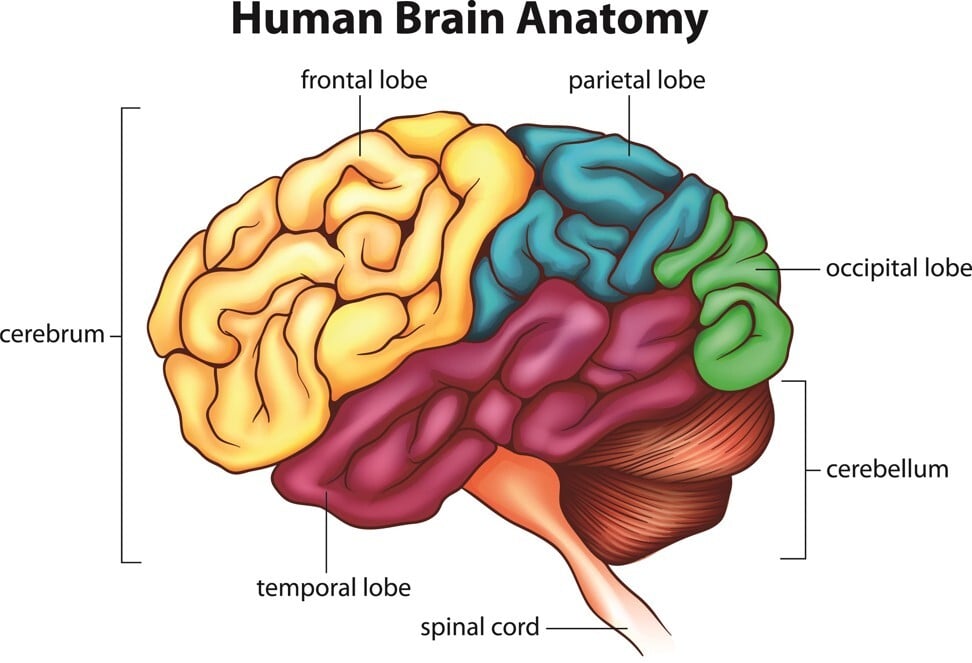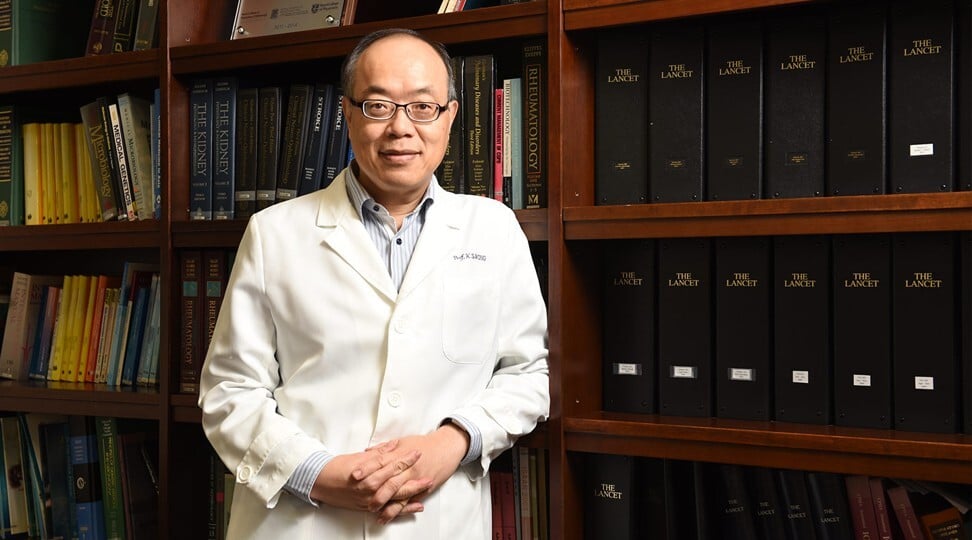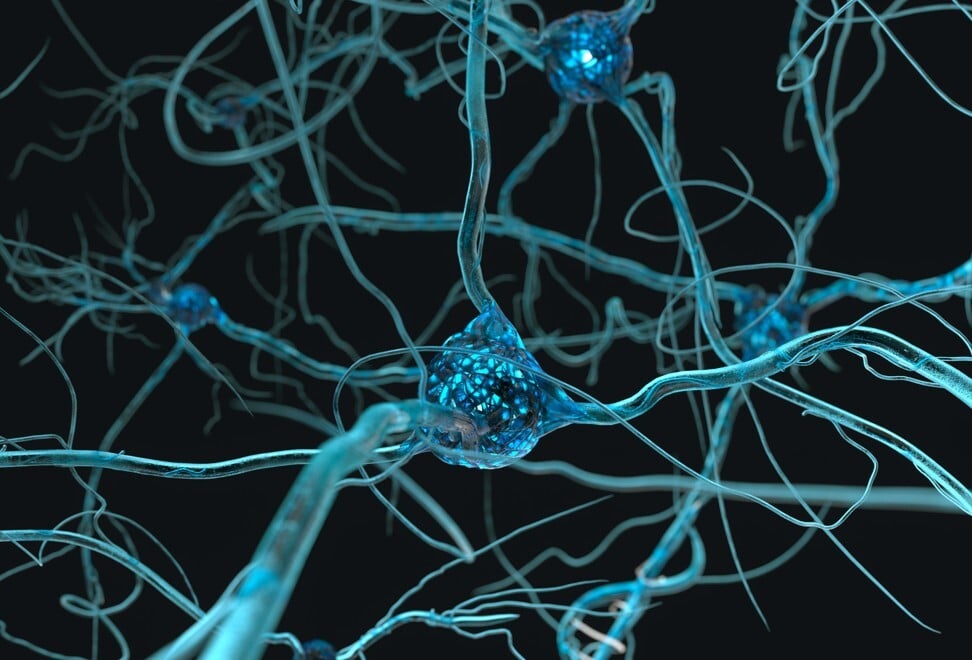
The brain: how it works and the best ways to keep it healthy as you get older
- Neuroplasticity allows the brain to heal and regrow itself; learning new languages or skills helps trigger this and stave off dementia
- Use your brain to keep it operating optimally: eat healthily, exercise, stay hydrated, sleep well, manage stress and stay active
The brain has always held a fascination for Dr Marwan Sabbagh. His father was a heart surgeon, so by the age of eight, he knew he would be a doctor himself. He chose to study neurology – disorders of the brain and nervous system, because “the brain truly is the last frontier in medicine”.
Over the past 20 years, though, neurology has been transformed from a diagnostic to a therapeutic practice and, says Sabbagh, “I’ve been fortunate enough to be a part of those changes.”
Professor Lawrence KS Wong, the former head of the Chinese University of Hong Kong’s neurology division, considers the brain to be “more complicated than any other known structure in the universe”.
“We still don’t understand how the brain processes information or how we learn. You can transplant every other major organ and remain yourself, but you cannot transplant your brain,” Wong says.
For an organ that does not look very exciting on the surface – a grey, jellylike mass that is “easily deformed by touch”, says Wong – it is extraordinary in its ability and its person-to-person uniqueness.
Do we have free will? What neuroscience can tell us about our decision-making
“There are 100 billion neurons in the human brain,” says Wong, “Each neuron can form thousands of synapses with other neurons – a synapse is a structure via which one neuron [or nerve cell] sends a signal to another neuron.” A piece of brain tissue the size of a grain of sand contains 100,000 neurons and 1 billion synapses, all communicating with each other.
“There are well over 100 trillion synapses in a human brain. Brain functions depend on the number of neurons as well as the number of synapses.”
Those signals travel fast, at around 431 kilometres (268 miles) an hour – generating about 12 to 25 watts of electricity, enough to power a low-wattage LED light.

To fuel its function, your brain uses 20 per cent of the body’s oxygen and blood. While it is the fattiest organ, it is 73 per cent water. Being dehydrated by just 2 per cent will affect memory and concentration – because our brains need water to manufacture important neurotransmitters, vital message carriers.
While a baby’s brain is big in comparison to its size – already 80 per cent of its adult size at birth – a human brain does not reach maturity until the age of 25. The prefrontal cortex, the last region of the brain to mature and which accounts for 10 per cent of the brain’s volume, governs logical, rational decisions. In adolescence, it is trying to catch up with the limbic system which is responsible for reward seeking, which explains some teens’ inability to comprehend the consequence of their actions.
The prefrontal cortex is part of the frontal lobe. Other parts of the brain include the parietal, temporal and occipital lobes, and the cerebellum. Each area may be largely responsible for different functions – the occipital lobe, for example, is involved in vision and reading, as it processes and interprets everything we see.

The human brain is divided into two hemispheres, the left and right, which are strongly, though not completely, symmetrical. The left brain controls the muscles on the right-hand side of the body; and the right brain controls the left side. One hemisphere may be slightly dominant, which would manifest in right- or left-handedness.
The overall volume of the brain begins to shrink when we are in our 30s or 40s, says Wong, “with the rate of shrinkage increasing around age 60” – triggering those “senior moments” the older of us complain about when we cannot recall a name or where we left our eyeglasses.
Dr Sabbagh specialises in Alzheimer’s disease, and has published The Alzheimer’s Answer: Reduce Your Risk and Keep Your Brain Healthy, The Alzheimer’s Prevention Cookbook: 100 Recipes to Boost Brain Health, and co-wrote Fighting for My Life: How to Thrive in the Shadow of Alzheimer’s.

He expresses optimism about battling this affliction, expecting to see the approval of at least three new drugs this year, the first in 15 years. He is also encouraged by a new approach to treatment.
Researchers have long sought to develop drugs that bind to and eliminate sticky amyloid plaques that build up around neurons, block their communication, and, ultimately, kill them. Now, Sabbagh notes, they are targeting individual symptoms as well as stages of the disease, from preventing it to treating its onset. There is also the possibility of a blood test that could diagnose Alzheimer’s disease early on.

Some brain tumours, though, can be treated or removed surgically. An incredible procedure was conducted recently in London in which a concert violinist underwent brain surgery while conscious and playing her violin to help guide the surgeons and minimise the risk of injury. The patient was home within three days of surgery and hoped to be playing with her orchestra again soon.
Brain surgery can be performed while the patient is awake with no pain or discomfort – the brain has no pain receptors so does not perceive discomfort.

“No matter the age, a person can and should strive to keep their brain stimulated and engaged by learning a new skill or picking up a new hobby. Learning a new language is a great example of trying to induce neuroplasticity,” Sabbagh says.
“This process is referred to as cognitive stimulation and the data has shown that it has a positive effect on brain health.”
So, to keep your brain healthy, he recommends you flex those cerebral muscles and observe the same general approach as you would to maintain health in other major organs: exercise regularly, quit smoking, control weight, blood pressure and cholesterol, keep active and engaged, don’t drink too much and manage your stress levels.

The brain by the numbers
There are 2,500,000 gigabytes of storage space in your brain. The iPhone 11 Pro Max has 512.
If you laid out all of the blood vessels in your brain end to end, they would stretch halfway to the moon – or over a distance of about 193,121 kilometres (120,000 miles).
Our attention spans are growing shorter. We have lost almost four seconds of attention span in the past 15 years. Blame that on Google – surfing the internet has taught our brain we don’t need to retain that information, we can just go back and get it again.
The largest brain of any animal is that of the sperm whale. It weighs a little under 9kg (20 pounds).
It is a fallacy that humans only use 10 per cent of our brain. We use all of it. We use more than a tenth of it even when fast asleep.
If blood supply – with that precious oxygen – to the brain is interrupted, we’ll lose consciousness in just eight seconds. Stop it for five to six minutes and the brain will begin to die.

